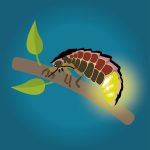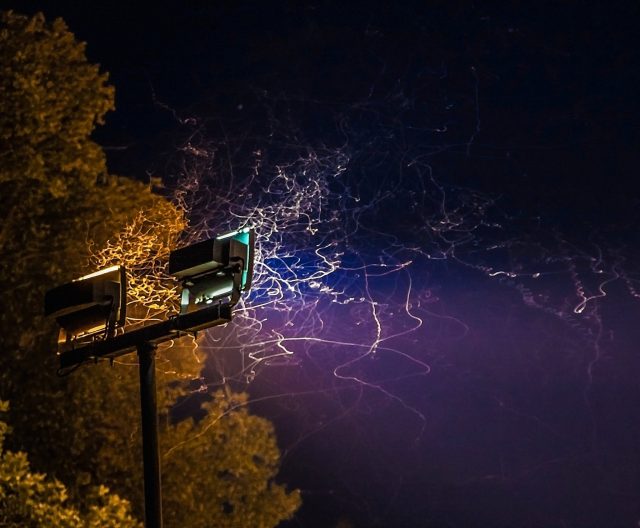 Most of the animals on earth are invertebrates, but did you know two-thirds of invertebrates are partially or wholly nocturnal – that means most are active at times when we are all asleep!
Most of the animals on earth are invertebrates, but did you know two-thirds of invertebrates are partially or wholly nocturnal – that means most are active at times when we are all asleep!
Because we don’t often see and interact with most of these species, some of their needs are often overlooked. However, many of their jobs are the same as the daytime species, pollinating, recycling nutrients, carrying out natural pest control and providing food for other animals.
Darkness, night flowering plants and safe spaces for nocturnal species to hide out in the daytime are all things we should be including into our efforts to restore and protect invertebrate populations.
Will you pledge to close your curtains and blinds when you turn on your indoor lights, to keep the light inside and say Curtains for Light Pollution?
Pledge here

 Most of the animals on earth are invertebrates, but did you know two-thirds of invertebrates are partially or wholly nocturnal – that means most are active at times when we are all asleep!
Most of the animals on earth are invertebrates, but did you know two-thirds of invertebrates are partially or wholly nocturnal – that means most are active at times when we are all asleep!






